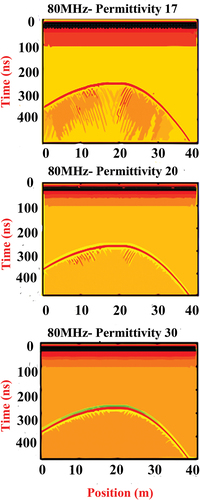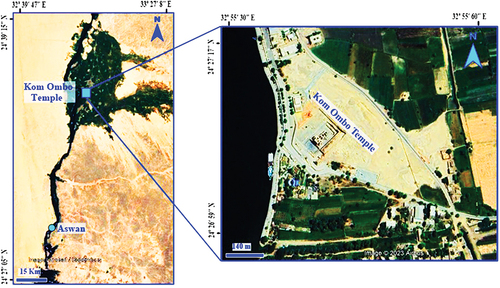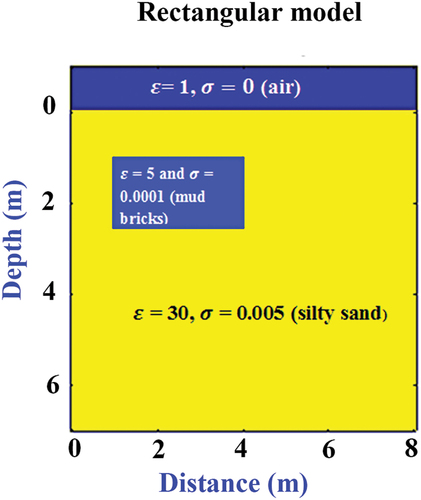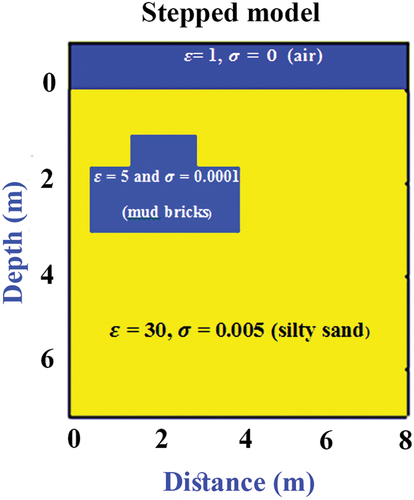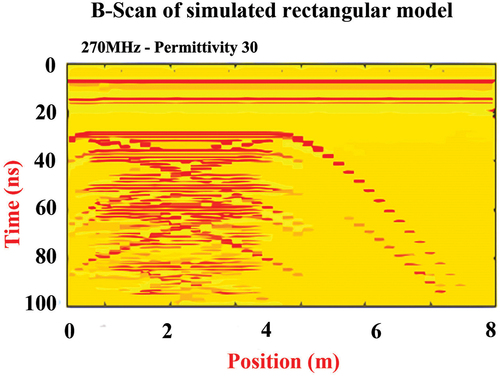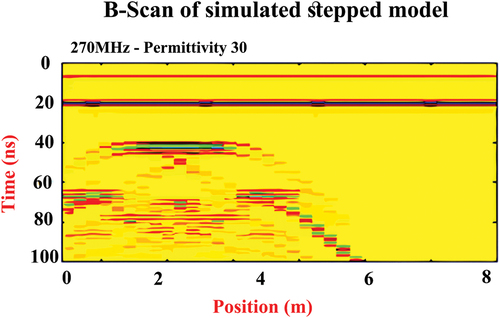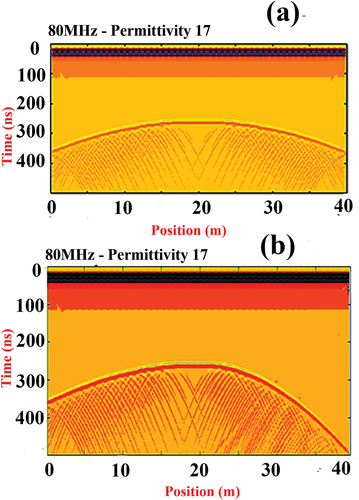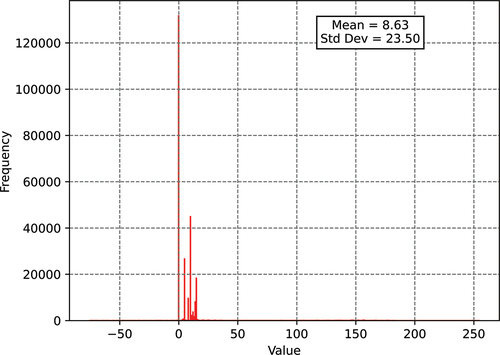Figures & data
Figure 2. Sketch illustrates (a) GPR survey using GSSI system with 270 MHz central frequency shielded antenna, (b) the distribution of temple’s Zones and GPR survey layout.

Figure 3. Processing sequence of GPR data along profile (001) at Zone (a), (a) Raw data of 80 MHz central frequency antenna, (b) time zero adjustment, (c) background removal and frequency filters, (d) energy decay and running average, (e) diffraction stack.
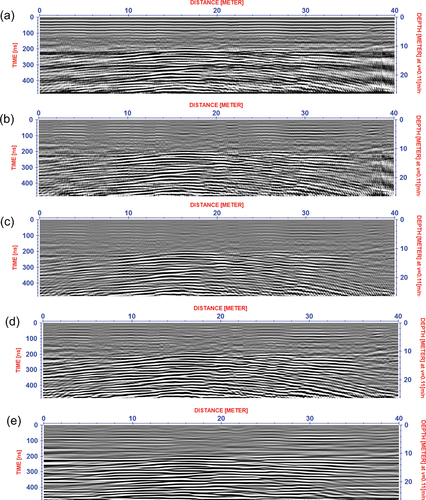
Figure 4. Parallel GPR sections of NE part of Kom Ombo temple represent some reflection events such as (A) hyperbola of extension of Turkish fort mud bricks walls, (B) stratigraphic strata and (C) host medium of silty sand.
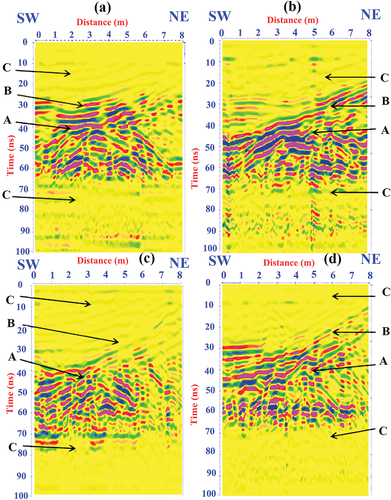
Figure 5. Time slices illustrate the geometry of Turkish fort mud bricks walls, (B) stratigraphic strata and (C) host medium of silty sand.
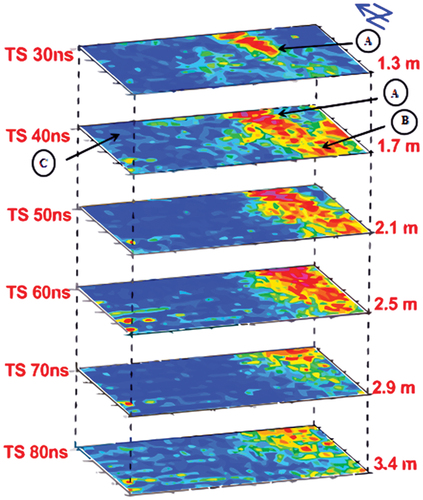
Figure 6. (a, b) Processed GPR sections illustrate deep anomaly (D) and host medium of silty sand (C) inside the temple and on its western side.
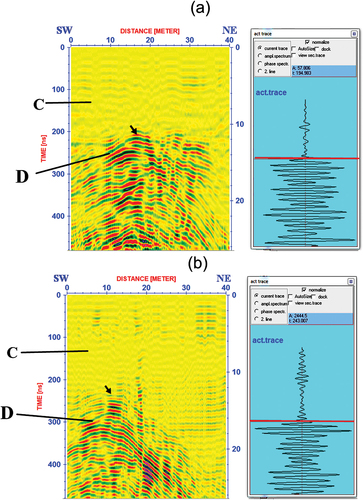
Figure 7. (a) migrated GPR profiles (001, 002) at Zone (4) show anomaly (D) at distance 11 m, depth about 12 m (b) its envelope attribute shows coherent anomaly at distance 11 m and depth about 12 m.
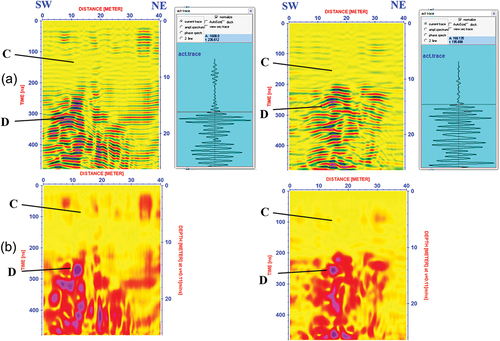
Table 1. Electrical properties of different materials (Davis and Annan Citation1989; Loke Citation2015).
Figure 13. Comparison between (a) GPR section of shallow anomaly and (b) B-scan of low dispersion -simulated rectangular model.
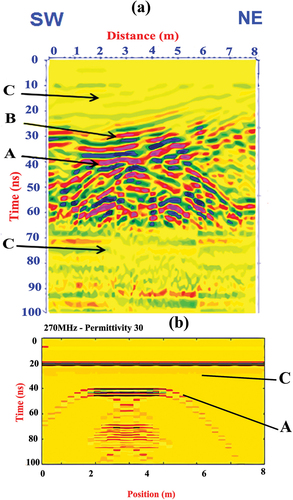
Figure 16. (b) The simulating asymmetric hyperbola model (D) validates (a) deep anomaly (D) under the temple.
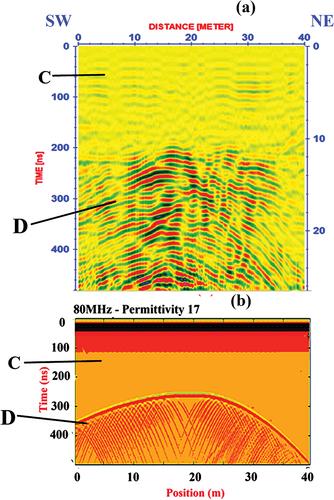
Figure 18. B-Scan from the simulated asymmetric hyperbola model for different values of relative permittivity of silty sand soil.
